Our Research
The fourth division (BP4) of The Fundamental Research Department (Departament Badań Podstawowych) deals with research in astrophysics and astronomy, mainly their observational aspects. The BP4 division is located in Warsaw at 7 Pasteura street.
The research conducted at the Astrophysics Laboratory includes:
- Cosmology: CMB, large structures of the Universe, dark matter, non-standard cosmology and gravitational lensing
- Gravitational waves: Multi-messenger astronomy, new tools for cosmology
- Physics of galaxies: Formation and evolution of galaxies, AGN, quasars and gamma-ray burst
- Interstellar medium: Star formation, neutron stars and white dwarfs
The BP4 division is also involved in several international projects. Check our Scientific Projects page for more information.
Seminars
Upcoming seminars for all of NCBJ can be found here.
The seminar archive for NCBJ can be found here.
Latest News
Scroll down for the latest news about the research done by our division or click here.
World News
dr Pratik Dabhade from BP4 was a leading author in a recent paper studying odd radio circles. The paper, published in MNRAS, found an extremely rare double-ringed odd radio circle. This has created a stir around the world, attracting the attention of CNN (https://edition.cnn.com/2025/10/14/science/odd-radio-circles-double-rings) and CBS (https://www.cbsnews.com/news/most-powerful-odd-radio-circle-twins-ever-detected/).Conference Participation
BP4 participate in may national and intersectional conferences. We share our cutting edge research and enthusiasm with other astronomers across the world. Below are pictures from our trips across the globe over the last year or so.
Latest News
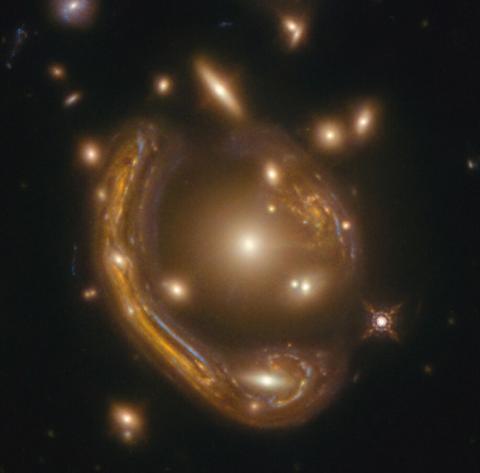
Artificial intelligence will track down gravity lenses
Images of distant galaxies, distorted by powerful gravitational lenses, are visually the most out-of-the-box phenomena photographed by telescopes. Their automatic detection is difficult for many reasons. During the international workshop in Warsaw, dedicated to machine learning, NCBJ scientists demonstrated theoretical models and software that deal with this task with high efficiency and reliability.
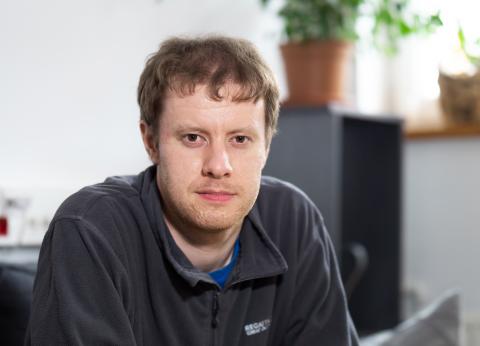
Dr. William Pearson receives the scholarship for outstanding young scientists
"My work so far was focused on the formation and evolution of galaxies using modern machine learning methods" - explains Dr. William James Pearson of the NCBJ Astrophysics Division. Dr. Pearson received one of this year's scholarships from the Minister of Education and Science for outstanding young scientists demonstrating significant achievements in scientific activity.
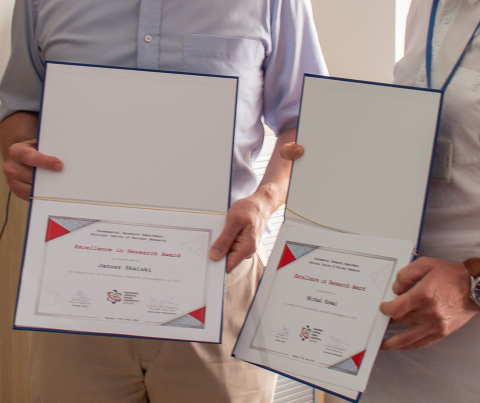
Awards of the Director of DBP NCBJ for scientific achievements in 2021
On June 27, the Awards of the Director of the Fundamental Research Department of NCBJ were presented for scientific achievements and popularizing activities for 2021. This year, the following were awarded: PhD. Varvara Batozskaya from the Department of High Energy Physics, prof. Marek Biesiada from the Department of Astrophysics, professors Michał Kowal and Janusz Skalski from the Department of Theoretical Physics and prof. Katarzyna Małek from the Department of Astrophysics for achievements in the area of popularization.
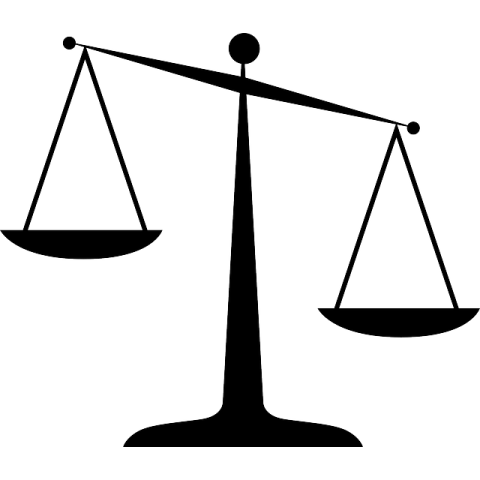
How heavy can a graviton be?
Scientists are trying to determine the properties of the graviton – the hypothetical particle that carries the gravitational force. In a study published in the Journal of High Energy Astrophysics, based on the analysis of 12 galaxy clusters, prof. Marek Biesiada and his colleagues presented a new limit on the mass of graviton. It is seven orders of magnitude stronger than the limitations of observing gravitational waves.
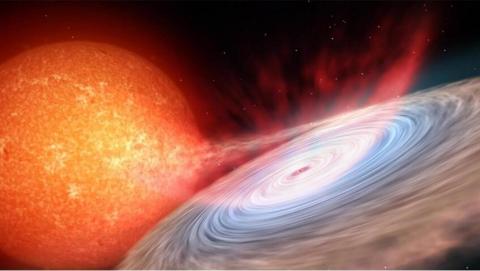
Influence of gravitational darkening on the spectrum of rotating objects
Exotic, rapidly rotating objects are of interest to astrophysicists. Polish astronomers are trying to obtain information about the physical conditions inside fast-rotating neutron stars. In a work published in The Astronomical Journal, they enriched the analysis with effects resulting from the phenomenon of gravitational darkening.

Cosmology July – open registration for 5th Cosmology School
Registration for the 5th edition of the International Conference „Cosmology School – Introduction to Cosmology” co-organized by the National Centre for Nuclear Research (NCNR) has started. The conference has already become part of the schedule of Polish astrophysical scientific events and is recognized in the arena of cosmological conferences worldwide.












